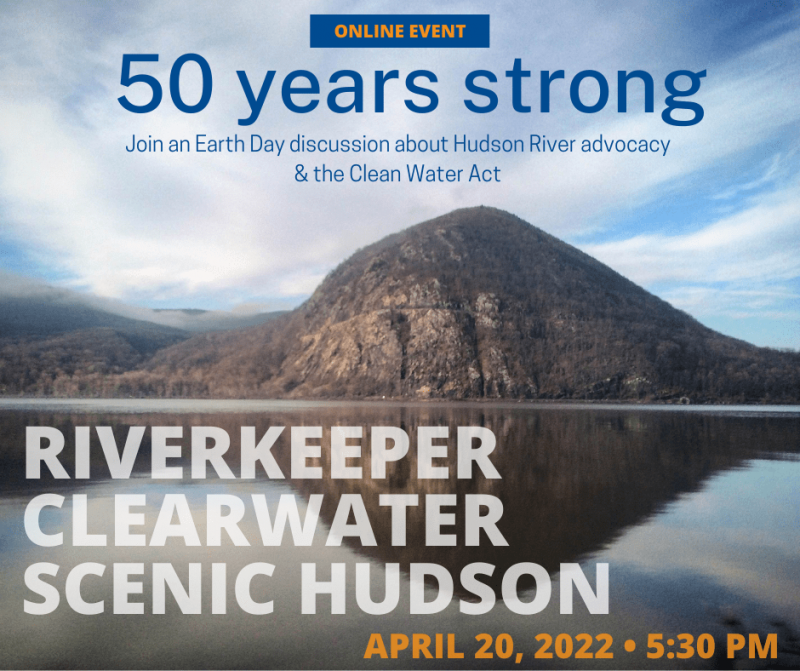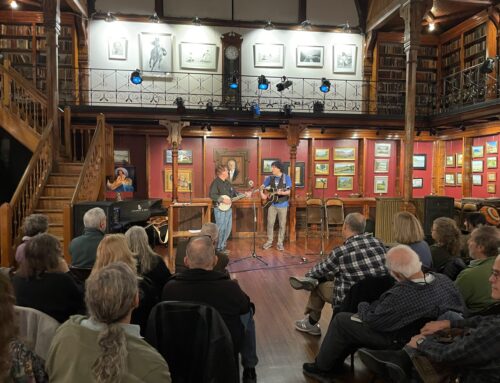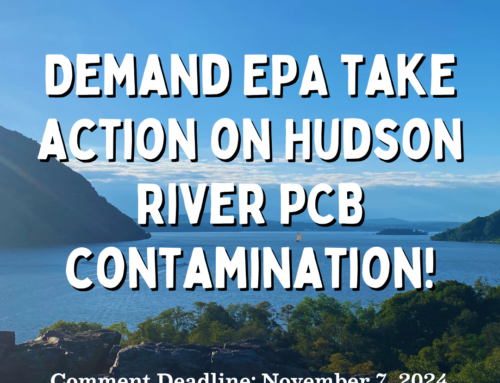Introducing Tracy Brown, Riverkeeper’s new President and Hudson Riverkeeper, and David Toman, the new Executive Director of Hudson River Sloop Clearwater, joining Ned Sullivan, President of Scenic Hudson for over 23 years, in a conversation with activist and filmmaker Jon Bowermaster.
In this historic Earth Day online event, three pioneering Hudson River environmental organizations come together to discuss the 50th anniversary of the landmark Clean Water Act. Scenic Hudson, Riverkeeper and Hudson River Sloop Clearwater, were all founded in the 1960s to protect the Hudson River from the massive pollution that was destroying it and rescue the dying river.
50 years later, two of these organizations have new leaders and all three have new visions for the future of the Hudson River.
The modern environmental movement was founded on the Hudson River in large part because of these courageous grassroots groups. Each organization brings different strengths and strategies to protecting the river and they work together to harness the power of the Clean Water Act and other tools to protect our waterways.
Watch Recording:
Support the New York-New Jersey Watershed Protection Act
The New York-New Jersey Watershed Protection Act (H.R. 4677), a bill currently before Congress, would make the federal government a stronger partner in protecting and restoring the watersheds that flow into New York-New Jersey Harbor — including those of the Hudson, Mohawk, Raritan, Passaic, Hackensack, and Bronx rivers. It would invest in on-the-ground projects that will improve accessibility, habitat, climate resiliency, and economic opportunity for the 15 million Americans living near them — and for all Americans.
If enacted, the Watershed Protection Act would:
-
Direct the Secretary of the Interior to enhance collaboration and coordinate restoration activities at all levels of government.
-
Establish a program to coordinate restoration and award grants to help fund approved plans and restoration projects in local communities.
-
Provide federal matching dollars for state environmental funding like the Environmental Protection fund and Bond Act.
-
Ensure that restoration efforts utilize science-based principles to protect fish and wildlife habitats, improve water quality, increase public access to the estuary, mitigate flood risks, and develop public outreach and educational activities.
-
Authorize $50 million annually through fiscal year 2026 to accomplish these goals.
How can I get involved?
-
GET INFORMED AND SHARE: Download a fact sheet about the bill (PDF).
-
TAKE ACTION: Ask your representatives to support federal investment in Hudson River restoration.






